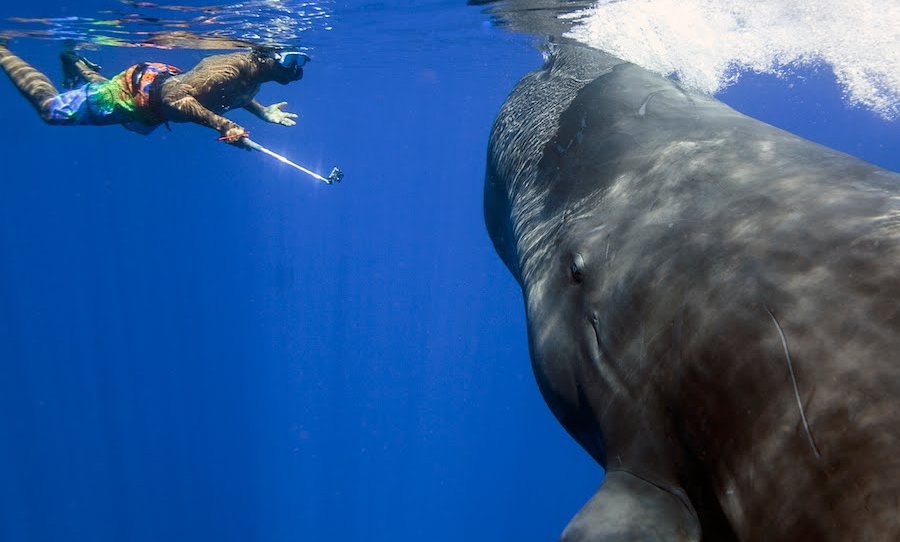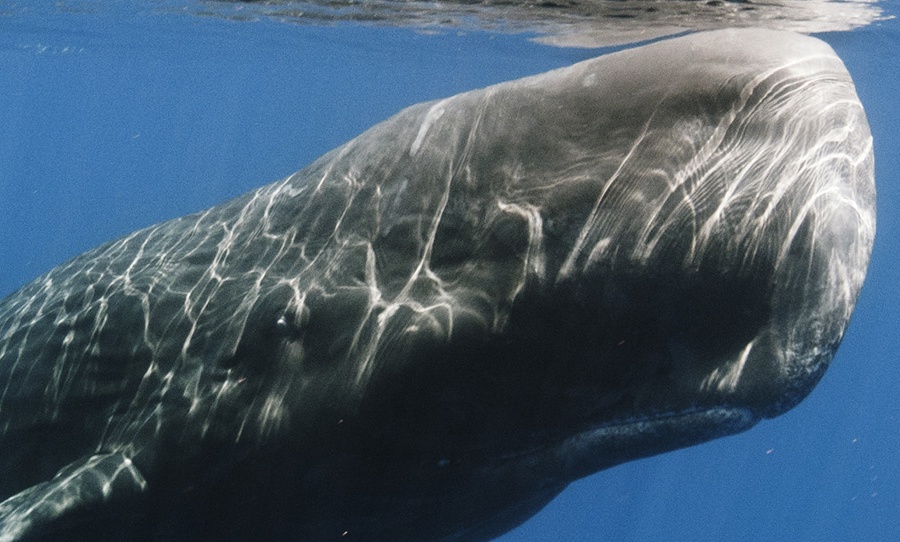Sick of small talk? Soon we may be able to communicate with one of the biggest mammals on the planet.
An interdisciplinary group of scientists want to use artificial intelligence (AI) to decode the language of sperm whales.
Project CETI (for Cetacean Translation Initiative) officially began this ambitious task in March 2020 and if they are successful, we would be able to understand what another species is talking about for the first time ever. We may even be able to talk back!

In 2017 at Harvard University, a group of international scientists partook in a fellowship programme that allowed for an opportunity to step away from usual routines. Computer scientist Shafi Goldwasser met marine biologist David Gruber and discussed the similarities between sperm whale clicks and Morse code.
“I said, ‘Maybe we should do a project where we are translating the whale sounds into something that we as humans can understand,’” Goldwasser told Hakai Magazine. “I really said it as an afterthought. I never thought he was going to take me seriously.”
The pair presented this idea to computer scientist Michael Bronstein, who was then studying advancements in natural language processing, at a dinner party. Bronstein thought that the codas, which are essentially equivalent to sperm whale words, have a structure that could be analysed with a similar process.
There is a great deal of ‘whale song’ recordings already and fortunately, Gruber knew a biologist who had been recording sperm whale codas from 2005. Bronstein thinks that AI could easily analyse the large amount of sperm whale recordings to search for patterns resembling speech.
You can’t celebrate #WorldOceansDay without celebrating one of the most majestic creatures in the 🌊: the Sperm whale! Sperm whales have very complex communication systems, and the team at @ProjectCETI is using AI to decode their clicks, growls, & songs: https://t.co/Bk1FO1w73U
— The Audacious Project (@TheAudaciousPrj) June 9, 2021
This research has struck a chord with many wondering whether animals have language or just communication. Many researchers have suggested that animals, non-humans, do not have a true language like humans do.
Konrad Lorenz, zoologist and author of King Solomon’s Ring once said that “Animals do not possess a language in the true sense of the word.” Many scientists now believe that we simply haven’t done enough research.
In order to analyze a language, we need to process an immense amount of data, more than humanly possible — hence the use of AI. There are already incredible language models like GPT-3 that can effectively predict text and finish sentences, just like what we use for autocorrect. While we have the technology, these kinds of language models are only able to be so effective because it uses around 175 billion words to learn human languages. By comparison, the current collection of sperm whale codas are sitting at around 100,000.
All this is to say, once we have significantly added to sperm whale recordings, we will be able to finally have the conversation of a lifetime. Who knows, we may find out that they’re a little socially awkward. “Maybe they would just reply, ‘Stop talking such garbage!’” said Bronstein.



